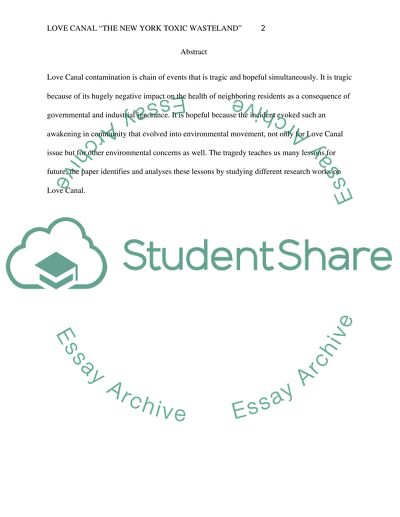Cite this document
(“Love Canal The New YorkToxic Wasteland Term Paper”, n.d.)
Love Canal The New YorkToxic Wasteland Term Paper. Retrieved from https://studentshare.org/miscellaneous/1568669-love-canal-the-new-yorktoxic-wasteland
Love Canal The New YorkToxic Wasteland Term Paper. Retrieved from https://studentshare.org/miscellaneous/1568669-love-canal-the-new-yorktoxic-wasteland
(Love Canal The New YorkToxic Wasteland Term Paper)
Love Canal The New YorkToxic Wasteland Term Paper. https://studentshare.org/miscellaneous/1568669-love-canal-the-new-yorktoxic-wasteland.
Love Canal The New YorkToxic Wasteland Term Paper. https://studentshare.org/miscellaneous/1568669-love-canal-the-new-yorktoxic-wasteland.
“Love Canal The New YorkToxic Wasteland Term Paper”, n.d. https://studentshare.org/miscellaneous/1568669-love-canal-the-new-yorktoxic-wasteland.


